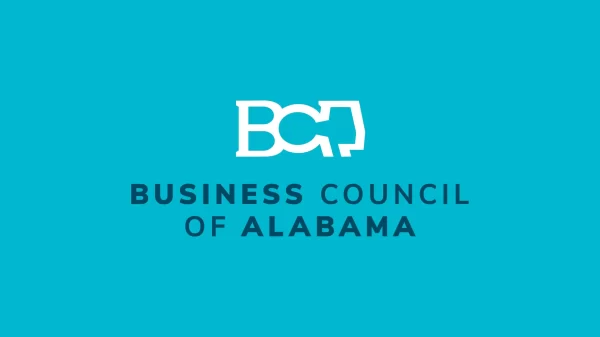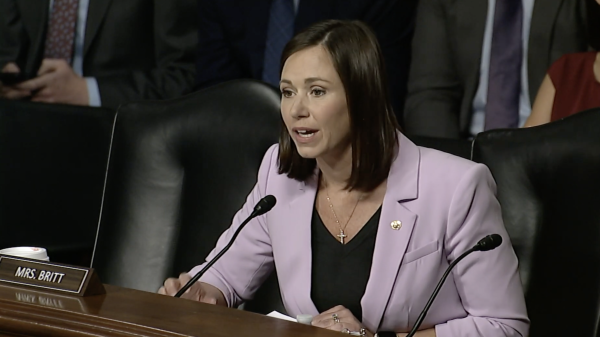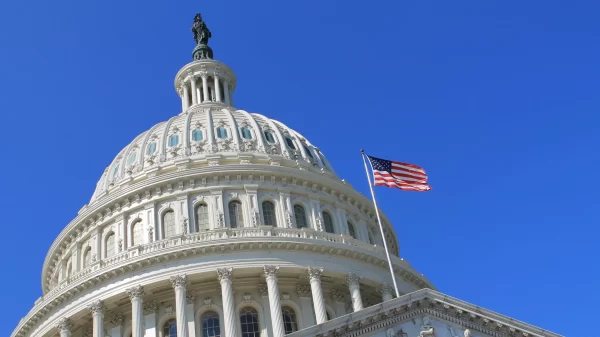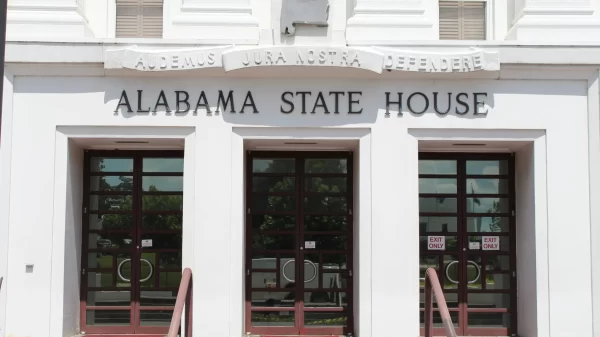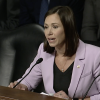By Congressman Jo Bonner
It has been almost four years since the Senate joined the House in crafting and passing a federal budget plan. As this column goes to press, the Senate is finally poised to follow the House in passing its own budget blueprint. Even though the two government spending roadmaps are starkly different – one hikes taxes and continues to overspend while the other cuts taxes and leads towards balance – they do provide Americans with a clear choice for the future.
In a world of 24/7 media coverage, we’ve become accustomed to seeing Congress through the lens of down-to-the-wire partisan showdowns. Last week, as the House and Senate moved to pass their respective budget blueprints, both the old news apparatus and the new social media seemed more captivated by the drama of March Madness than in covering lawmakers actually passing budget resolutions. No matter who was paying attention, the approval of budget plans by both sides of Capitol Hill was, at least, a positive sign that Washington can still function.
Last week, the Senate and the House also agreed to a stopgap funding bill to keep the federal government operating until the end of the fiscal year (September 30, 2013). The Continuing Resolution, ratified by both Houses, keeps federal discretionary spending below $1 trillion for the remainder of the fiscal year, upholding the sequester cuts in defense and non-defense spending that took effect on March 1st. Meanwhile, Congress did agree to provide both the Pentagon and the Department of Veterans Affairs flexibility to shift funds around within their accounts to address the impacts of the Sequester. The funding bill is now headed to President Obama’s desk. Had Congress failed to act on the measure, the government would have shut down on March 27th.
It’s important to underscore that the amount of sequester cuts equals about 2.7 percent of our $3.5 trillion federal budget. If most Americans can find ways to trim their spending, surely Washington can manage to cut such a relatively small amount. It bears repeating that the U.S. House has voluntarily cut our own budget by 11 percent over the last two years and will be subjected to another 8 percent in cuts this year – effectively reducing our spending by nearly 20 percent over three years. At the same time, overall federal spending has been on the rise. Since President Obama took office, the federal budget has increased by 19 percent. If he had his way, he would continue to increase spending even as the national debt surges closer toward a historic $17 trillion, which brings us to the two very different federal budget outlines passed by the House and Senate last week.
There is a fundamental difference in how the House and the Senate view America’s financial condition as reflected in the annual federal budget resolutions produced by each chamber. House conservatives see our country buried under a mountain of debt that has exploded over the last four years, holding down economic growth, stalling job creation and threatening the quality of life for our children and grandchildren. The Senate, on the other hand, apparently shares the view of the president that Washington can simply tax and spend its way out of debt.
For the third year in a row, the House passed a responsible plan that reduces federal spending and places the budget on a path to balance. The Republican “Path to Prosperity” budget, for which I voted, reduces the annual growth of federal spending from five percent to 3.4 percent. Furthermore, it cuts overall government spending by $4.6 trillion over a decade through a series of reforms designed to promote increased efficiency and eliminate waste. Our budget not only stops Obamacare’s raid on Medicare, but it would eliminate the president’s health care law entirely. We would also reform and strengthen Medicare for future beneficiaries, not ignore its looming insolvency like the president has done. Finally, our plan leads to a balanced federal budget in ten years.
The Senate budget plan, which is being prepared for a vote as I write this column, is a far different story. Rather than reduce the growth in federal spending, it goes in the opposite direction. It increases spending, including $100 billion in new stimulus funding. It raises taxes by $1.5 trillion, adding an additional weight on the struggling economy. Lastly, it does not achieve balance. As Alabama Senator Jeff Sessions, Ranking Member on the Senate Budget Committee, observed, the Senate majority’s budget plan “…is a bankrupt vision that will bankrupt the country.”
Keeping a positive outlook, at least the Senate has finally chosen to offer a budget of its own and bring it to a vote. Americans can now compare the two different visions of America’s future: one of responsible spending leading toward balance, and the other of increased taxation and spending that will hurt our economy and continue to drive our nation toward a looming debt crisis with potentially catastrophic consequences.



